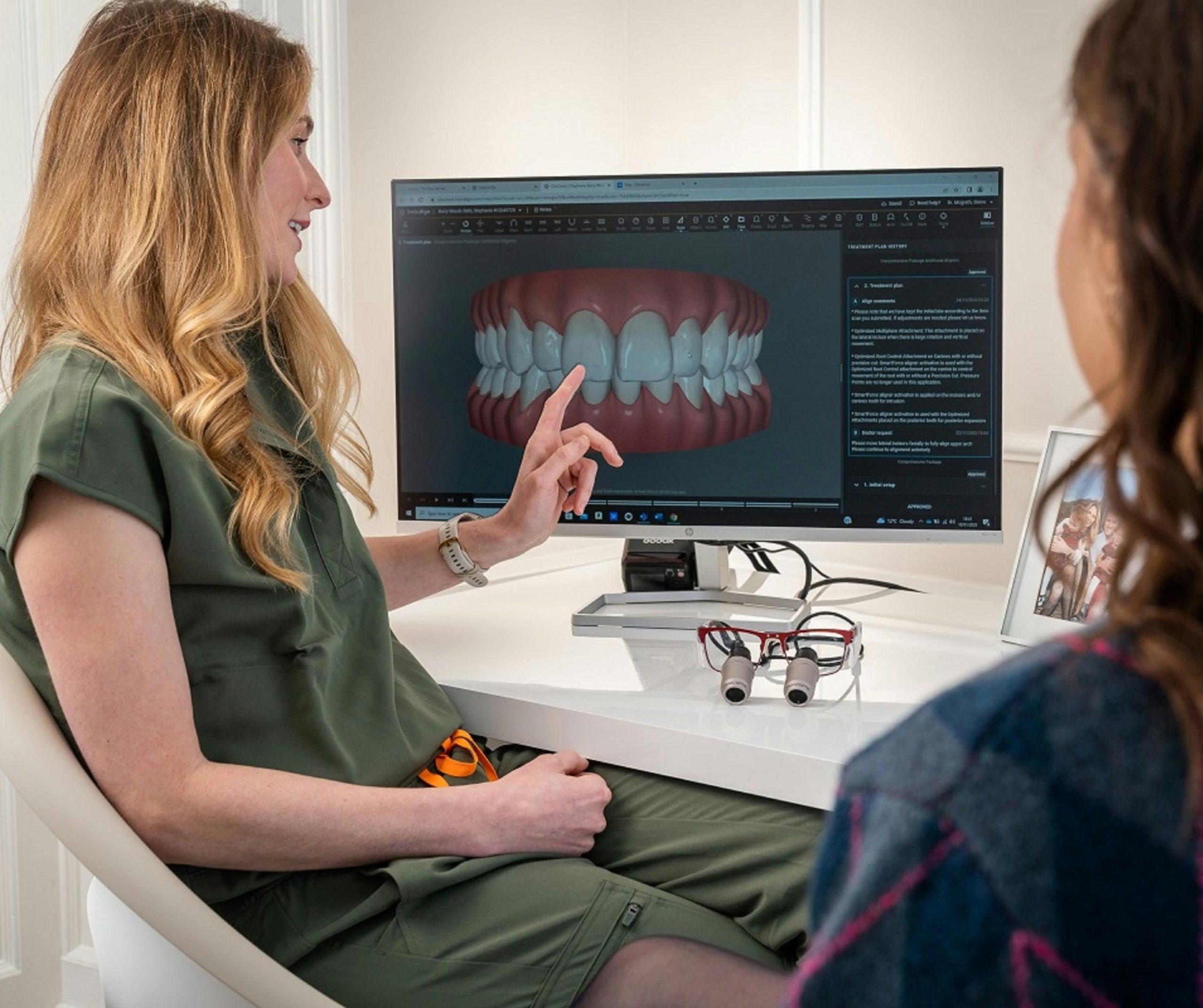

The global clear aligner industry has surged from an estimated $5–6 billion in the mid‑2020s to projected valuations between $13 and $22 billion by 2031, with annual growth expected in the range of 15–30% depending on the forecast. This significant expansion is driven by rising consumer demand and rapid technology adoption.
Clear, removable aligners appeal to adult users seeking discreet orthodontic treatment, especially professionals and image-conscious individuals.
With about 60% of users being adults, their preference for invisible and flexible solutions over traditional braces is a major growth factor.
As disposable incomes rise globally, cosmetic dental treatments like aligners are becoming more accessible and mainstream.
3D printing has revolutionized aligner fabrication, enabling faster, cost-effective production for clinics and labs.
Digital intraoral scanners, CAD/CAM systems, and AI-driven treatment planning streamline workflows, improve precision, and reduce clinic visits.
Many providers are now capable of scanning and printing custom aligners in-house, significantly cutting time-to-treatment and production costs.
Direct-to-consumer (DTC) brands offer lower-cost, mail-in solutions, broadening access beyond traditional clinical settings.
This model is gaining traction in Latin America, Southeast Asia, and other emerging regions, often paired with in-person scans for added credibility.
Both teens and adults across Asia-Pacific and Latin America are increasingly opting for aesthetic aligners over metal braces.
Dental tourism supports growth, as customers travel to attain quality dental care at affordable costs in emerging markets.
| Metric | Value |
|---|---|
| Market Size (2024) | $5–6 billion |
| Projected Size (2030–31) | $13–22 billion |
| CAGR (2025–31) | ~15–30%, depending on source |
North America holds ~50–55% of current global revenue, supported by tech infrastructure and widespread acceptance.
Europe commands ~20–25% share, though growth is gradually intensifying.
Asia-Pacific leads in CAGR—often 25–30%—as dental infrastructure and patient demand rise rapidly.
Latin America, Middle East, and Africa are emerging markets with substantial upside fueled by DTC models and tourism.
Manufacturers & Labs: Investing in automation, materials innovation, and white-label programs is crucial for capitalizing on volume growth and diversification.
Orthodontists & Clinics: Offering full digital workflows—scanning, 3D fabrication, AI treatment design—based in-house improves patient experience and profitability.
DTC Providers: Expanding into emerging markets via hybrid scan-to-home models provides an edge in affordability and reach.
Investors: The industry’s high-growth trajectory and disruption from digital and DTC models offer attractive returns in dental tech and private label aligner ventures.
Integration of AI and teleorthodontics will enable remote monitoring and adaptive treatments.
Smart aligners with embedded sensors could automatically track compliance and treatment progress.
Strategic partnerships between scan providers, labs, and retail platforms may create bundled orthodontic ecosystems—covering everything from initial scanning to follow-up retainers.
The clear aligner industry is transforming rapidly—from a niche cosmetic option to a mainstream, tech-powered orthodontic solution. With forecasts estimating a jump from ~$5 billion today to well over $13 billion by 2031, fueled by digital dentistry and global consumer demand—the future of orthodontics is clear, invisible, and booming.
© 2025 Clear Moves Aligners All Rights Reserved